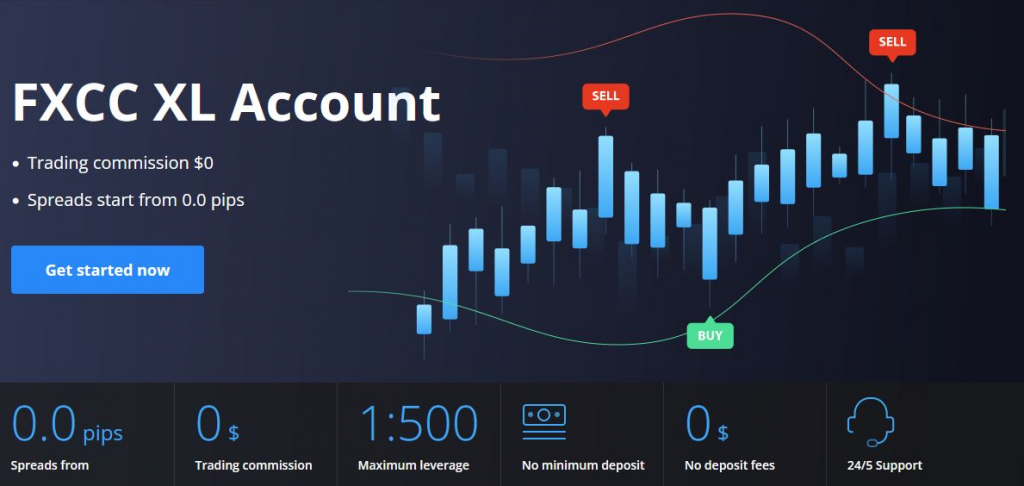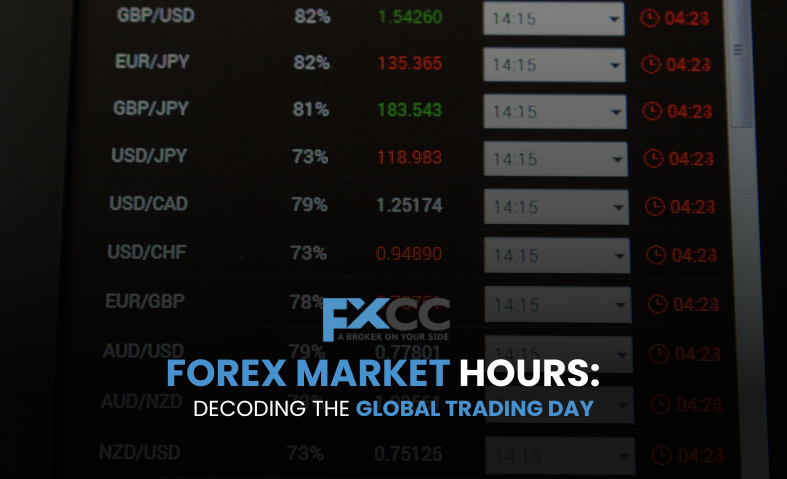Imagine a financial market that never truly sleeps from Monday to Friday. This continuous global marketplace is known as the Foreign Exchange, or Forex, market. Unlike your local stock exchange with fixed opening and closing bells, currency trading is a continuous, 24-hour operation for five days a week. This constant flow is powered by major financial hubs worldwide, each taking its turn as the primary trading arena. Understanding these specific trading “sessions” is crucial for anyone looking to navigate the Forex world effectively.
Why 24/5? It’s a Global Relay Race
Think of the Earth constantly spinning. As one part of the world enters nighttime, another awakens, and its financial markets spring to life. This seamless handoff from one key financial center to the next ensures that you can always buy or sell currencies, whether it’s the middle of your night or the start of your workday.
The Forex market actually kicks off on Sunday evening (around 5:00 PM Eastern Standard Time, New York’s time zone) as the Sydney market in Australia opens its doors. It then keeps going non-stop until Friday afternoon (around 5:00 PM EST) when the New York session winds down. This 24/5 access is a huge perk for traders, but it also means you need to know when the market is most energetic to spot the best opportunities.

The Powerhouse Trio: Asian, London, and New York Sessions
While there are technically four main trading sessions (Sydney, Tokyo, London, and New York), we’ll focus on the three that generally see the most action and offer the most significant trading prospects:
1. The Asian Session (Tokyo Takes the Lead)
The trading week officially gets underway with the Asian session. This period is often called the Tokyo session because Tokyo stands as the primary financial hub in this vast region.
- Typical Hours (approximate): 12:00 AM to 9:00 AM GMT (Greenwich Mean Time). For those in the Americas, this translates to Sunday evening stretching into Monday morning.
- Characteristics: This session is usually calmer compared to the European and North American trading periods. Currency pairs that include the Japanese Yen (JPY), such as USD/JPY or EUR/JPY, generally show more noticeable movements during this time, while overall price shifts might be more understated. It’s a good period for traders who prefer less volatility or those specifically interested in Asian economic news.
2. The London Session (Europe’s Financial Heartbeat)
As the Asian session begins to quiet down, the European session, primarily driven by London, bursts into activity. London is recognized as the world’s leading Forex trading hub, and its daily commencement injects a substantial wave of energy into the market.
- Typical Hours (approximate): It generally runs from around 8:00 AM to 5:00 PM GMT. In North America, this window corresponds to a typical early morning to early afternoon trading period.
- Characteristics: This is frequently the most dynamic and actively traded session. You’ll often observe more pronounced price swings and narrower “spreads” (the difference between buying and selling prices) due to the immense volume of transactions. Trading in major currency combinations, specifically EUR/USD, GBP/USD, and EUR/GBP, becomes especially active at this time. Market trends often begin to crystallize during this session and can extend into the subsequent trading periods.
3. The New York Session (North America’s Trading Impulse)
The New York session picks up the torch from London, carrying the market’s momentum through the North American workday.
- Typical Hours (approximate): 1:00 PM to 10:00 PM GMT. This generally means morning to late afternoon for those in the Americas.
- Characteristics: This period also shows substantial market movement, especially when it coincides with the London session. Critical US economic news releases (like updates on interest rates or employment figures) usually occur during this window, which can trigger significant and rapid price fluctuations. All major currency pairs, especially those linked to the US Dollar (USD), are heavily traded.

The Power of Overlap: When Markets Collide
You might have noticed that these sessions don’t just occur one after another; they actually overlap! These overlap periods are usually the prime times to trade because they combine the liquidity and energy of two major financial centers. More traders mean more orders, which translates to more price movement and better opportunities.
- London and New York Overlap: This is undoubtedly the most impactful overlap, typically from 1:00 PM to 5:00 PM GMT. With traders from both London and New York actively participating, this period experiences the highest trading volume and volatility. It’s an ideal time for day traders aiming to profit from quick, decisive market moves.
- Asian and London Overlap: This overlap happens in the early hours of the London session (around 8:00 AM to 9:00 AM GMT). While it might not be as volatile as the London-New York overlap, it can still offer solid trading opportunities as Asian traders conclude their day and European traders begin theirs.
Bottom Line
Grasping Forex market hours isn’t merely about identifying available trading times; it’s about recognizing when market conditions are most advantageous for your strategies. While the market remains accessible 24 hours a day for five days a week, concentrating your trading activities during the most active sessions, particularly the overlap periods, can substantially improve your likelihood of uncovering better trading setups and more advantageous market conditions. Always factor in how time zones align with your own and pay close attention to significant economic news releases, as they can dramatically influence market behavior regardless of the current session. Being informed about these sessions empowers you to make more astute trading decisions.


